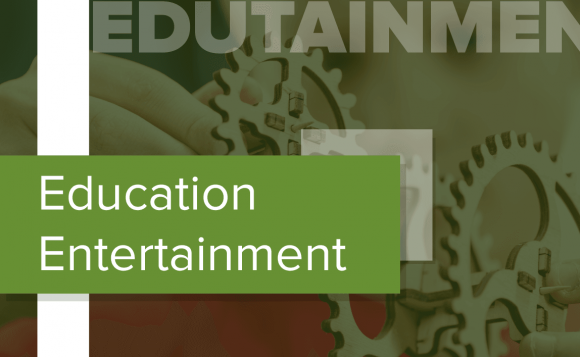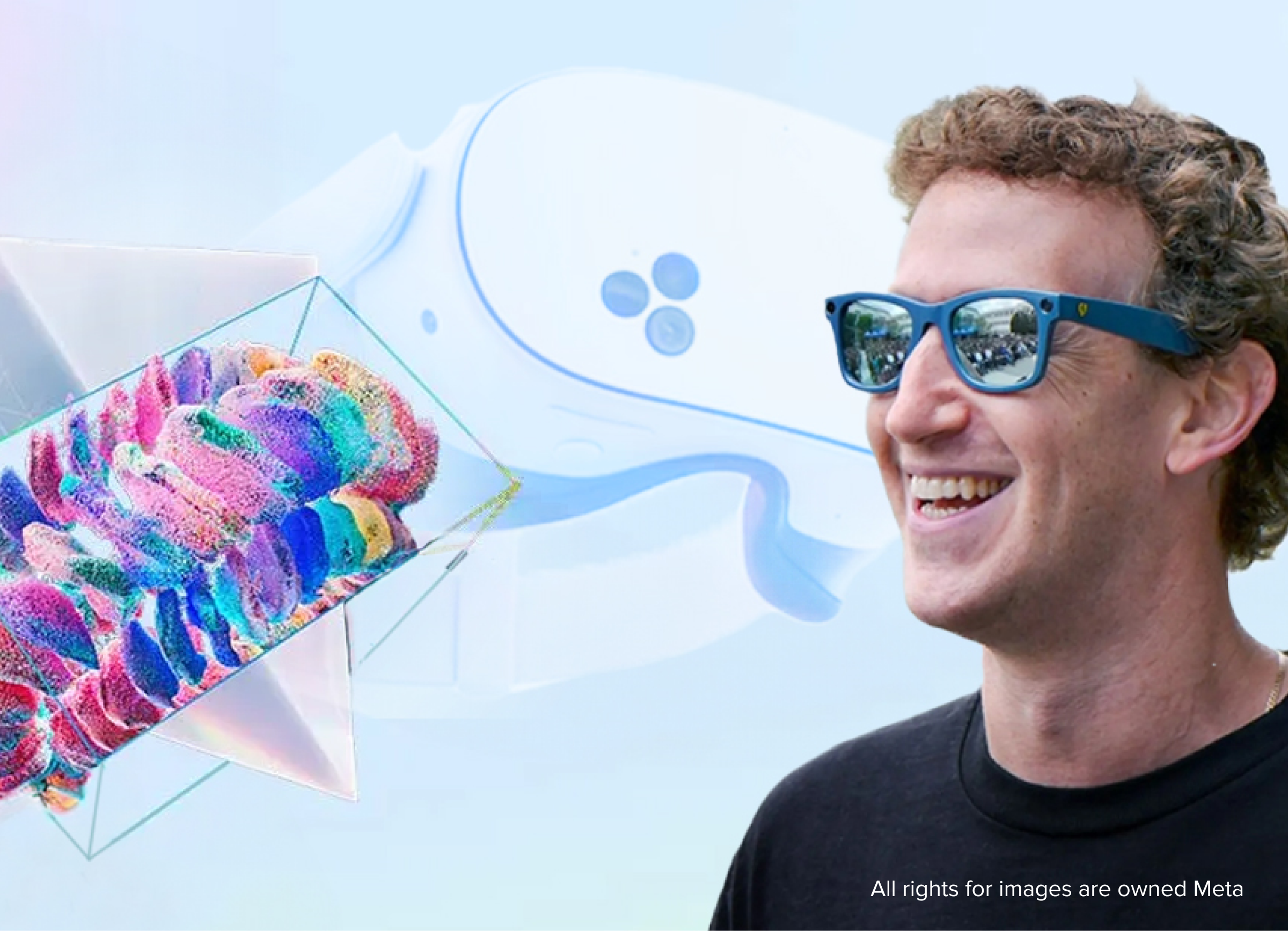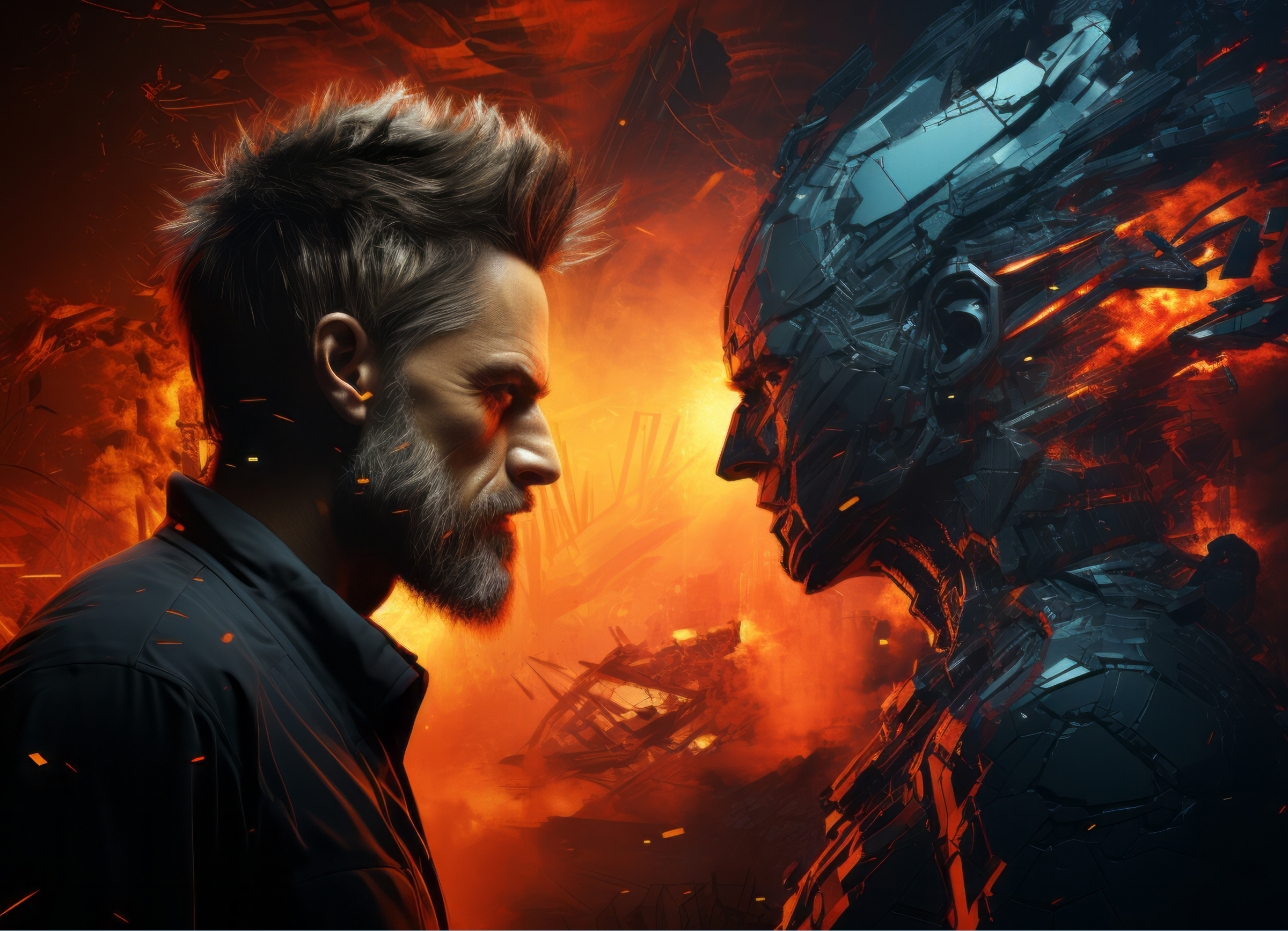
The art of learning has been passed down and refined for thousands of generations in human existence. Communities and cultures have imparted knowledge in various ways and settings, be it campfire stories or religious scripts. Over the years, as the understanding of the human mind grew, newer and better ways of imparting this knowledge have been formulated, allowing for better retention of information and the application of this knowledge to solve real-world problems. Among the newest ways of helping children to learn is the concept of education through entertainment – commonly called edutainment.
Interestingly, the concept of using entertainment for learning is not a new entity. Storytelling and cultural music have provided substantial platforms for disseminating knowledge. In modern times, however, the two have been seen as conflicting entities. This conflict arises possibly from the different goals of education and entertainment. While education seeks to encourage maturity, independence, and an overall sense of responsibility, the latter centers on general amusement.
Merging Education and Entertainment
Is there a basis for joining the two, then? Various scientific studies reveal that there are indeed many instances where the joining of education and entertainment produce an ideal learning environment. By merging the right facets of these entities, children can become more enthusiastic about learning and take up knowledge more efficiently.
Forms of Edutainment
Thanks to the advancements in technology, psychology, and other relevant fields related to education, edutainment has been developed to a working concept, and various forms of the same have arisen across the globe. These forms of edutainment take into consideration matters such as culture, availability of entertainment and learning material. That being said, there are some main forms of edutainment that have been identified today.
Engaged Learning
The approach of engaging students in learning is not an entirely new concept. For many years, it was exploited through simple means such as Q&A. Edutainment brings a fresh outlook to the concept, allowing children to interact with one another and the tutor through new developments such as a mobile app or desktop interfaces. These platforms feature more color, animations, and even fun rewarding systems that encourage children to participate and be fully concentrated in the learning experience.
Engaged learning provides an adequate avenue for edutainment, but it still requires a significant deal of follow up and monitoring to be an efficient platform for education to thrive.
Experiential Education
This is a more hands-on approach to learning, where conventional classrooms are put aside and children take an active role in learning. It involves visiting various institutions – such as amusement parks, museums, aquariums, and wildlife centers – and gaining knowledge through interaction with the various relevant entities that reside within these institutions. It combines learning and adventure to provide an ideal form for edutainment to thrive.
Learning through Exploration
Children are naturally exploratory. This realization enables tutors to provide various preprogrammed environments that allow children to discover knowledge on their own rather than have the teacher guide them through everything. Exploratory learning provides a qualitative learning environment, allowing children to explore their creative and imaginary sides to solve puzzles, discover new knowledge through curiosity, and connect the dots through relating various objects.
Existing Applications of Edutainment
Various implementations of edutainment exist today. Some of the common ones include the following
Legos
Legos are entertainment bricks that have been in existence for many years. Their potential for learning lies in the innovative construction and modeling of various entities. Lego bricks are one of the oldest means for children to explore their creativity, allowing them to model their imagination into real-world models.
Jigsaw Puzzles
Puzzles are a classic means for individuals of all ages. They provide an ideal combination of engineering and artistic design to provide the player with a challenging task that requires solving. Puzzles provide a platform for individuals to push their mental capacity and encourages them to think outside the box. It also gives individuals a chance to improve their patience and teaches them how to keep calm even when situations do not seem to make sense at the time.
Chess
Chess is a widely renowned form of edutainment globally. It is among one of the most strategic games inexistent, requiring its players to be keen and attentive of every move they make. Having millions of possible moves after the first few, chess provides a myriad of problems for the player to practice on. It pushes the players to find their way out of tough situations. Scientific research suggests that Chess has one of the games that encourage memorization, calculation, creativity, and improved learning abilities.
Physical Exercise
Physical exercise has been implemented into most forms of educational curricula in use today. This form of education – sometimes called a recess or just sports – helps children to develop and improve their physical capabilities. It encourages a high level of teamwork and helps them to learn about negotiating, planning, and tolerance for failure. PE is also instrumental in breaking the monotony associated with classroom settings and can be a breath of fresh air for the students who take part in them.
Conclusion
Education is as much an evolutionary entity as most other aspects of life today. As we move further away from conventional teaching practices, better ways of teaching children and young adults ought to be developed to allow a holistic and fair environment for everyone to gain knowledge. Edutainment not only provides a substantial platform for improving learning efficiency, but it also encourages the participants by providing a variety of learning environments for them to choose from.


